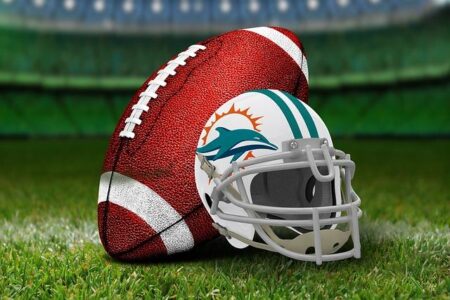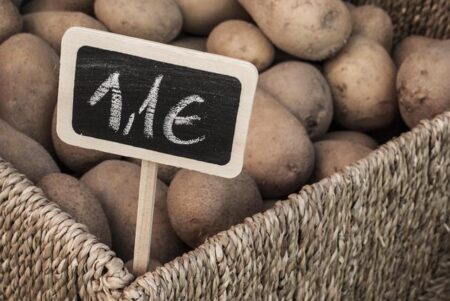Barcelona is reeling following the recent injury sustained by Dani Olmo during Spain’s international fixtures, sparking a wave of outrage from the club’s camp. As Barca expresses frustration over the national team’s handling of the situation, the midfielder himself has found himself at the center of criticism. This controversy highlights the growing tension between Barcelona and the Spanish Football Federation, raising questions about player welfare and accountability ahead of crucial upcoming fixtures.
Barcelona voices strong criticism at Spain national team over Dani Olmo injury
Barcelona’s management and fanbase have expressed sharp frustration following the injury sustained by Dani Olmo while on national team duty with Spain. The club’s medical and technical staff question the approach taken by the Spanish camp regarding Olmo’s fitness and usage, pointing to a lack of adequate rest after a grueling season. Voices within the Blaugrana hierarchy argue that the injury not only jeopardizes their tactical plans but also reflects poorly on the coordination between club and country, urging for better protocols to safeguard player wellbeing in the future.
- Club’s concerns: Insufficient recovery periods post-season
- Federation’s criticism: Questioning Barca’s management of Olmo’s workload
- Player’s role: Debated responsibility in pushing his limits during national duty
Adding complexity to the situation, Dani Olmo himself is facing scrutiny for the manner in which he engaged during training sessions, with sources suggesting he may have underestimated the physical toll. This internal blaming dynamic between club, country, and player highlights the challenges of balancing international commitments with club loyalties. As Barcelona braces for the upcoming fixtures without one of their key creative outlets, the friction between all parties remains palpable and unresolved.
| Entity | Primary Concern | Suggested Action |
|---|---|---|
| Barcelona | Player overuse & risk management | Stricter rest protocols |
| Spain National Team | Maximizing player availability | Enhanced fitness monitoring |
| Dani Olmo | Personal fitness & responsibility | Improved self-care awareness |
Analysis of Olmo’s role in the injury and internal Barca pressures intensify
Dani Olmo’s involvement in the recent injury crisis at Barcelona has stirred a complex debate both inside and outside the club. While the initial outrage was directed at the Spanish national team’s management for what many see as a lack of adequate player protection, Olmo himself is now under scrutiny for his role in the sequence of events leading to the injury. Sources within the Barca camp have hinted at growing concerns over the player’s condition prior to the incident, suggesting that his physical readiness might have been compromised by external pressures, potentially impacting his performance and vulnerability on the pitch.
Meanwhile, internal tensions within Barcelona are mounting as coaching staff and medical teams clash over handling player welfare. The situation has exposed fault lines in communication and decision-making protocols. Key issues highlighted include:
- Player workload management during international duties
- Coordination gaps between Barca medical staff and Spain’s team doctors
- Pressure on Olmo to deliver results amidst injury risk
Below is a simplified breakdown of the timeline linked to Olmo’s injury and Barca’s subsequent response:
| Event | Date | Impact |
|---|---|---|
| Last Club Appearance | April 10 | Moderate fatigue reported |
| Spain National Team Training | April 12 | Increased physical strain observed |
| Injury Incident | April 15 | Right hamstring strain diagnosed |
| Barca Medical Review | April 16 | Calls for improved inter-team communication |
Recommendations for improved player care and communication between club and national team
To prevent incidents like the Dani Olmo injury from recurring, it is vital that clubs and national teams establish a more transparent and proactive dialogue regarding player fitness and recovery protocols. This should include regular health status updates and joint decisions on player availability, especially during tight schedules that put immense strain on athletes. Implementing a standardized communication framework would ensure clubs are informed well in advance of any training or match commitments, allowing them to advocate effectively for their player’s well-being.
Additionally, a collaborative approach to player care could involve shared rehabilitation plans and injury monitoring, minimizing risks associated with overexertion. Below is a proposed model outlining key action points that both institutions could adopt for enhanced coordination:
| Responsibility | Club Role | National Team Role |
|---|---|---|
| Pre-Match Fitness Assessment | Provide latest medical reports and fitness data | Perform independent evaluations with club’s input |
| Injury Reporting | Communicate injury history and recovery progress | Immediately notify club of any new concerns or setbacks |
| Training Load Management | Advise on player limits based on ongoing monitoring | Coordinate training intensity to prevent overload |
| Post-Match Recovery | Oversee return-to-play protocols | Facilitate smooth handover to club medical staff |
The Way Forward
As the situation unfolds, tensions between Barcelona and the Spanish national team continue to rise over Dani Olmo’s injury, which has left the club frustrated and seeking answers. While Barcelona grapples with the setback, Olmo himself faces scrutiny amidst criticism from various quarters. The coming days will be crucial in determining how both parties address the controversy and work towards resolution, with fans and analysts alike watching closely.




